#1 This is the Earth, a planet that we all currently live on.
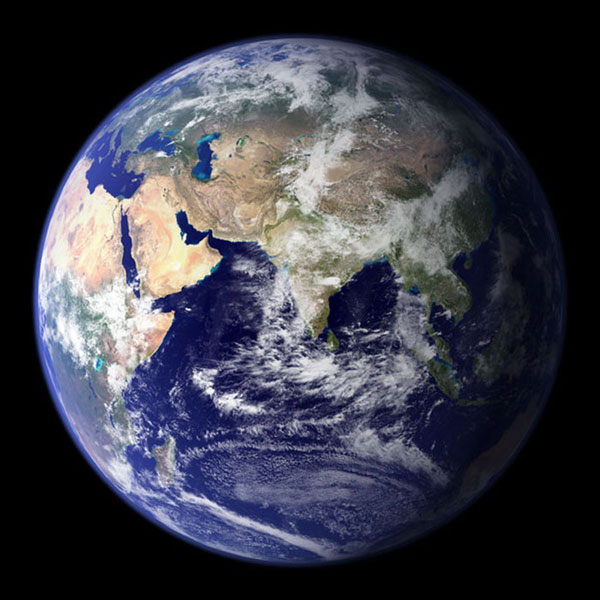
NASA Goddard Space Flight Center Image / Via visibleearth.nasa.gov.com
#2 And this is the solar system where our planet shares space with the other 7
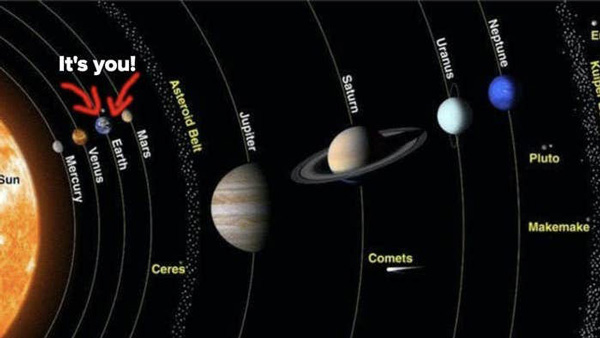
foxnews.com, NASA
#3 Here’s the distance, to scale, between the Earth and the moon. Doesn’t look too far, does it?
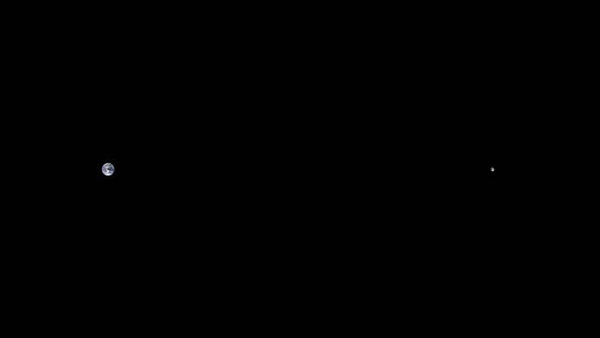
Nickshanks / Via commons.wikimedia.org, reddit.com
#4 THINK AGAIN. Inside that distance you can fit every planet in our solar system, nice and neatly.
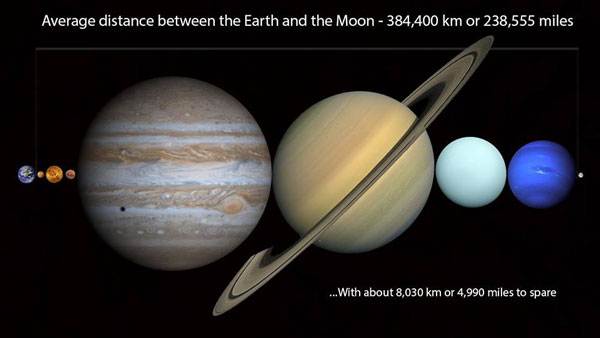
Luxaes / Via reddit.com
#5 But let’s talk about planets. Jupiter is our giant of the solar system. It is so big that the entire continent of North America looks like a green speck on it
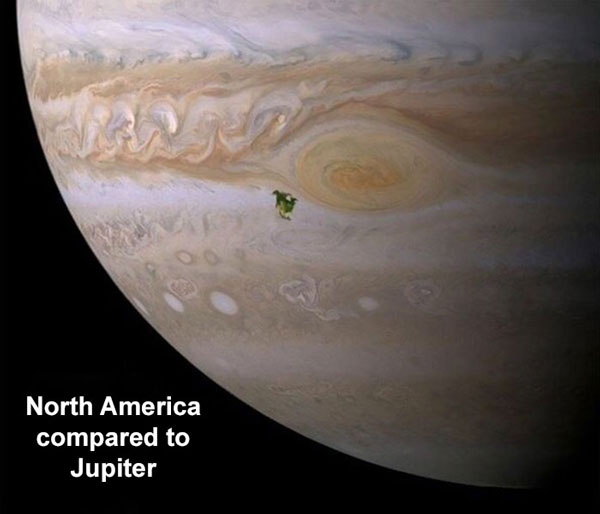
NASA / John Brady / Via astronomycentral.co.uk
#6 Another big body is Saturn. Here you can see how big it is compared to Earth (or 6 of them)
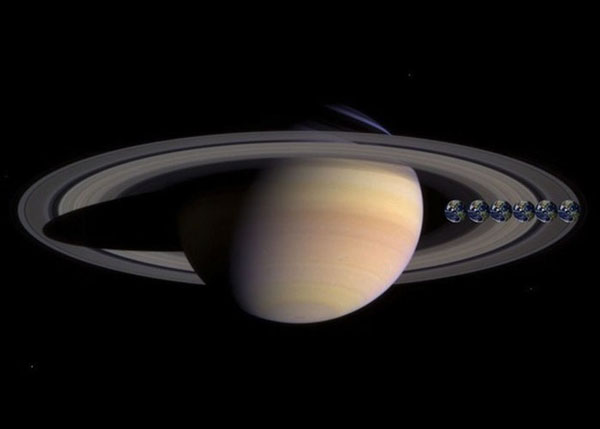
NASA / John Brady / Via astronomycentral.co.uk
#7 If Saturn’s rings were placed around Earth, here’s how they would look
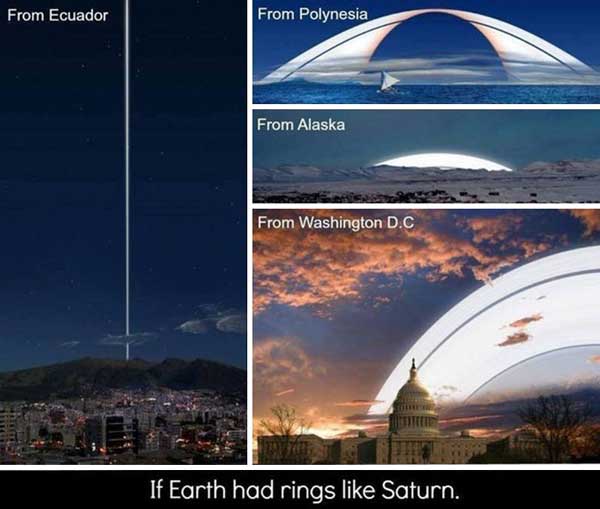
Ron Miller / Via io9.gizmodo.com
#8 Our observation of other objects in the universe have improved quite a bit, and these images of Pluto are a good example
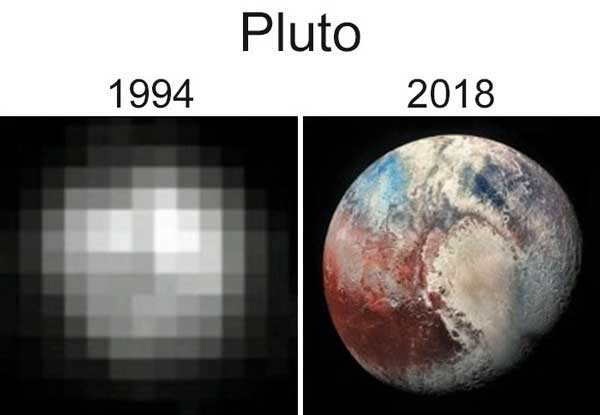
NASA, physicsforums / Via twitter.com
#9 Here’s how an artist imagined Rosetta’s Comet (67P/Churyumov–Gerasimenko) would look when compared to the size of downtown Los Angeles.
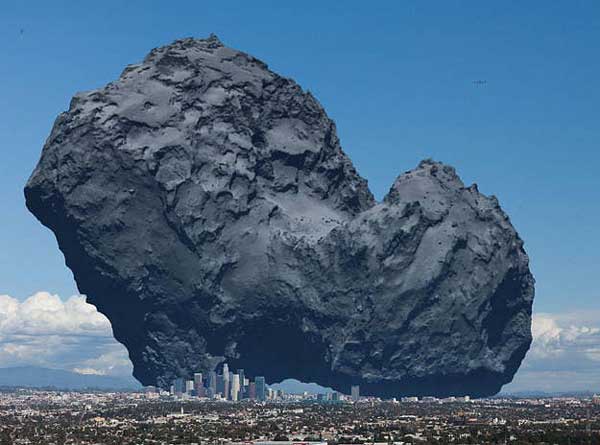
Matt Wang / Via mentalfloss.com
#10 But that’s nothing compared to our sun. Just remember:
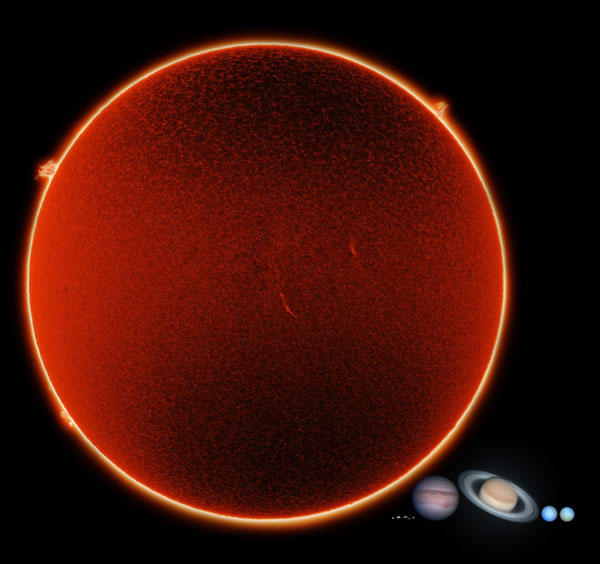
ajamesmccarthy / Via reddit.com
#11 This is how Earth looks from the surface of the Moon, not too bad?
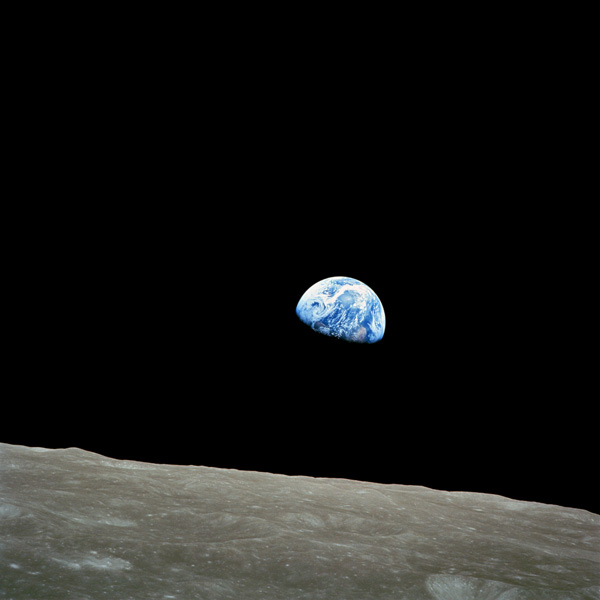
NASA / Bill Anders / Via commons.wikimedia.org
#12 Well, Mars gives a completely different perspective to our little planet
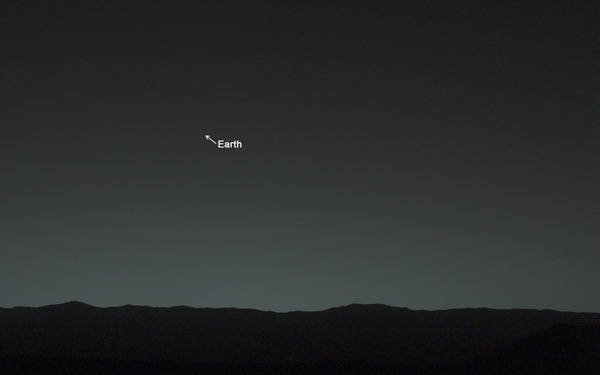
NASA / Via photojournal.jpl.nasa.gov
#13 Here’s you from just behind Saturn’s rings:
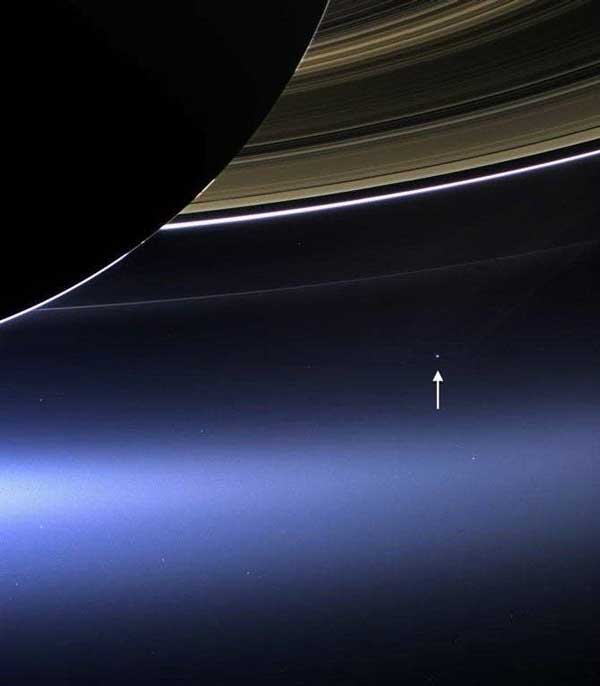
NASA / Via commons.wikimedia.org.com
#14 Around 2.9 billion miles away, just beyond Neptune, we seem smaller than a grain of salt
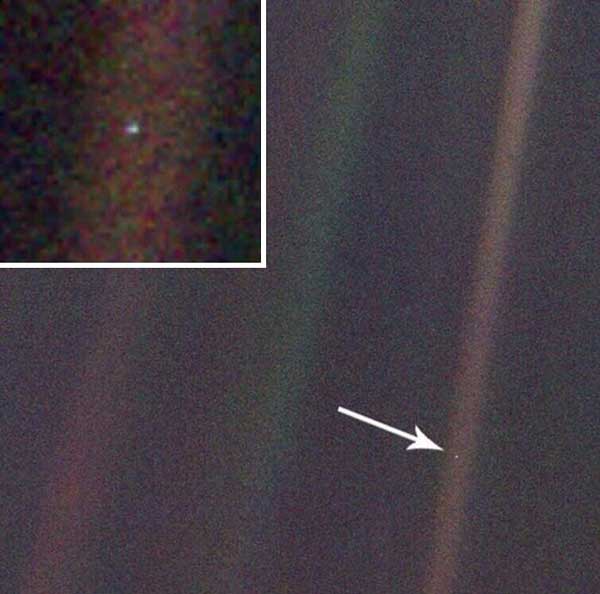
NASA / Via voyager.jpl.nasa.gov
#15 Let’s step back a bit. Here’s the size of Earth compared with the size of our sun. Terrifying, right?
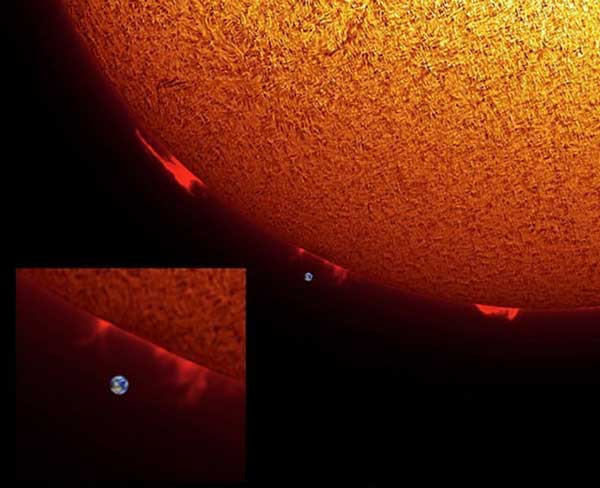
John Brady / Via astronomycentral.co.uk
#16 And here’s that same sun from the surface of Mars:
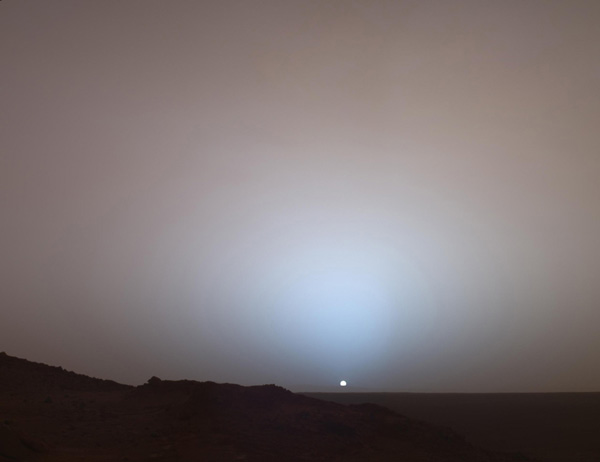
NASA / Via solarsystem.nasa.gov
#17 There are so many stars in the universe that their number outweighs how many grains of sand there are on Earth’s beaches.
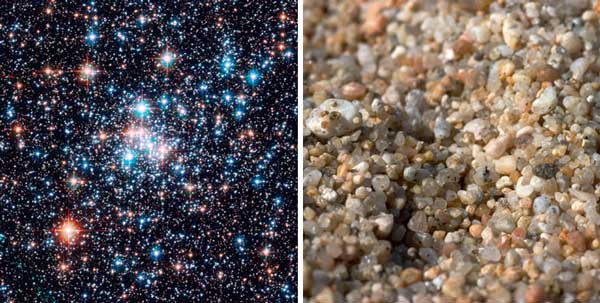
Sean O’Flaherty / Via commons.wikimedia.org
#18 Which means that there are ones much, much bigger than our little puny sun. Just look at how tiny and insignificant our sun is compared to VY Canis Majoris, one of the biggest stars we know of:
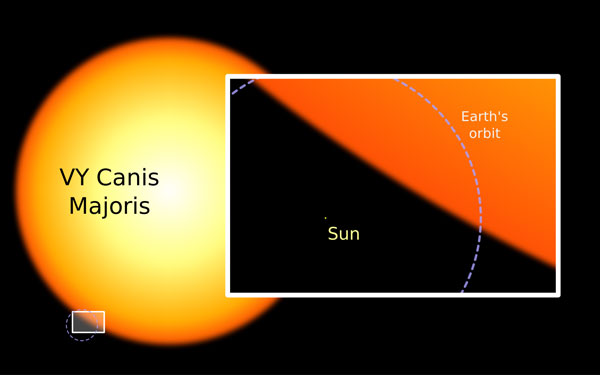
Oona Räisänen / Via en.wikipedia.org
#19 Here’s another look. The biggest star, VY Canis Majoris, is 1,000,000,000 times bigger than our sun:
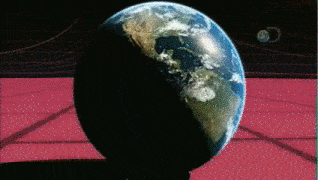
Discovery Channel / Via youtube.com
#20 But none of those compares to the size of a galaxy. In fact, if you shrank the sun down to the size of a white blood cell and shrunk the Milky Way galaxy down using the same scale, the Milky Way would be the size of the United States:
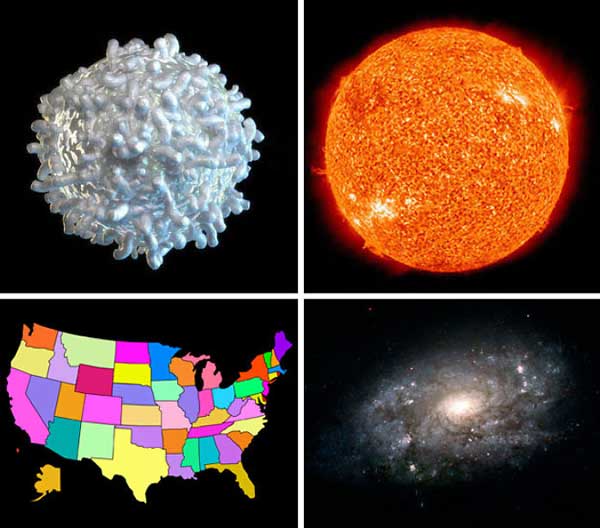
NASA / Via nasa.gov
#21 That’s because the Milky Way galaxy is huge. This is where you live inside there:
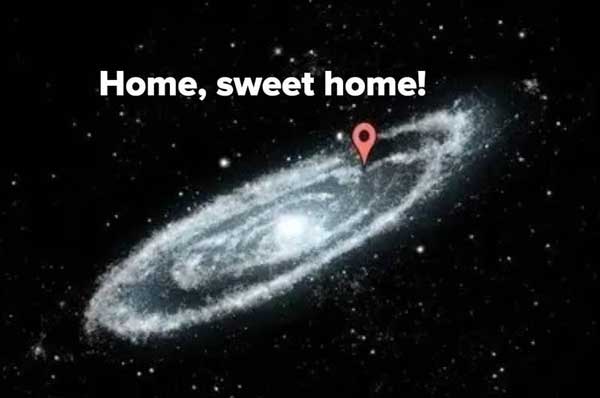
teecraze.com
#22 Almost all individual stars we see at night scattered all across the sky are just a fraction of what lies out there
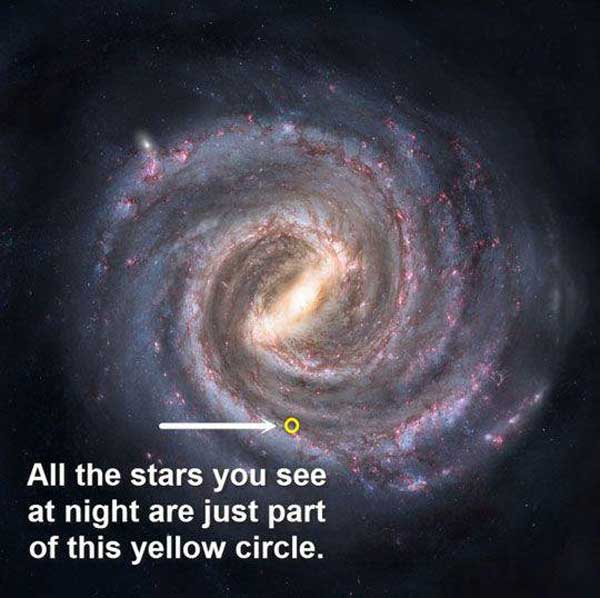
(That’s not a picture of the Milky Way, but you get the idea.)
lucybrockle / Via twitter.com
#23 But even our galaxy is a little runt compared with some others. Here’s the Milky Way compared to IC 1011, 350 million light years away from Earth:
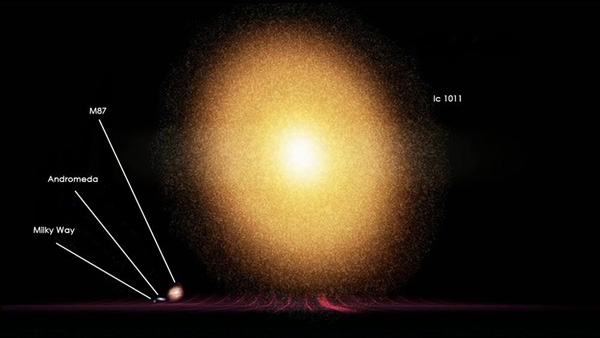
Just THINK about all that could be inside there.
smokeinpublic / Via twitter.com
#24 But let’s think bigger. There are thousands and thousands of galaxies in this picture taken by the Hubble Space Telescope, each containing millions of stars, each with their own planets.
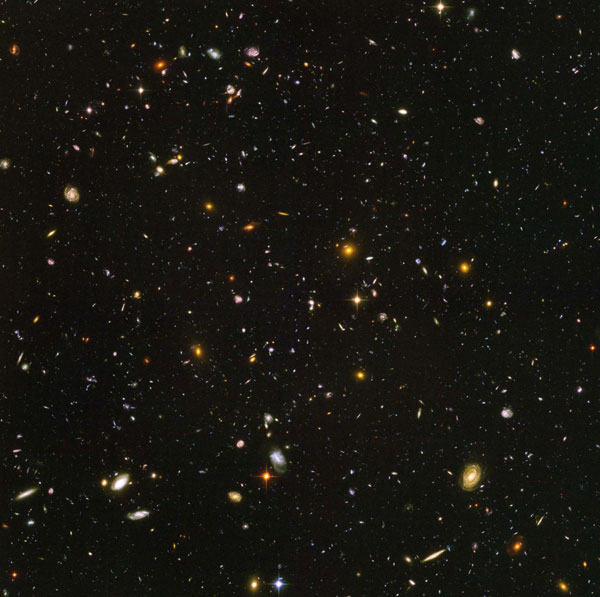
NASA / Via hubblesite.org
#25 Here’s one of the galaxies pictured, UDF 423. This galaxy is 10 BILLION light years away. When you look at this picture, you are looking billions of years into the past.
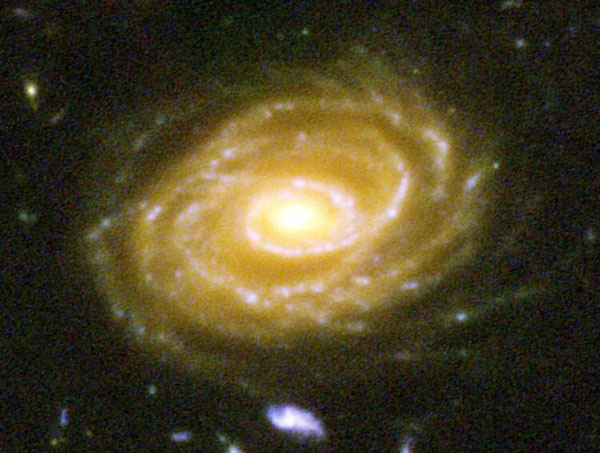
Some of the other galaxies are thought to have formed only a few hundred million years AFTER the Big Bang.
wikisky.org
#26 And just keep this in mind — that’s a picture of a very small, small part of the universe. It’s just an insignificant fraction of the night sky.
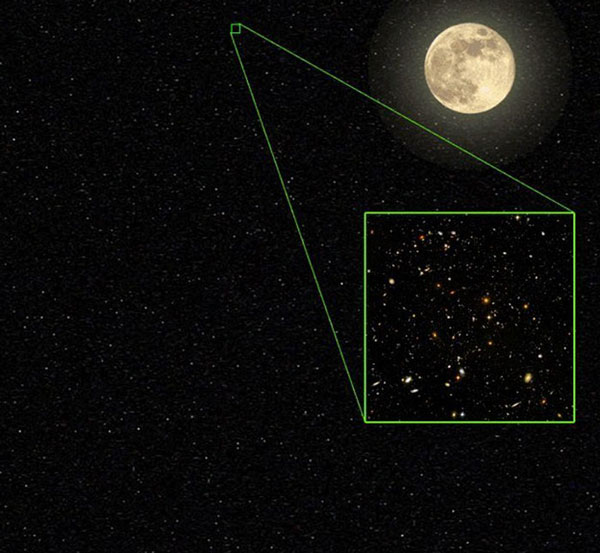
NASA / Via spacetelescope.org
#27 And if you came here expecting black holes, here it is! This one’s compared to Earth’s orbit. Terrifying, isn’t it?
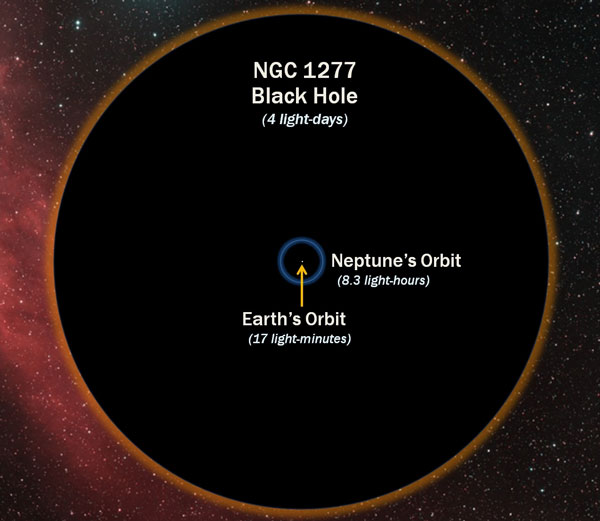
D. Benningfield/K. Gebhardt/StarDatei / Via mcdonaldobservatory.org
Oh man.
Via BuzzFeed, Preview photo credit: Matt Wang / mentalfloss.com

Comments
Sorry, comments are closed for this article.